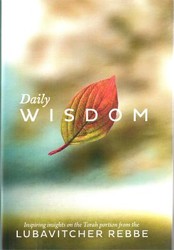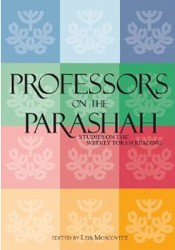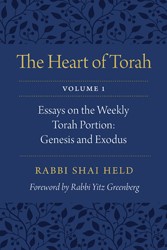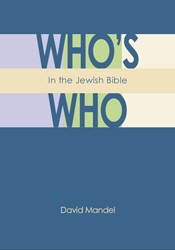Essential Torah is really two books in one. The second half, in which the author summarizes and comments on the weekly Torah and Haftara portions, is a wonderful introduction for those beginning their own odyssey with the Torah. Robinson’s viewpoint is decidedly egalitarian yet in addition to many progressive commentaries, he also cites many traditional sources. His eclecticism is marvelous, and had he just written this section of the book, dayyenu, it would have been sufficient. However, in the first half of this volume, nearly 300 pages, he summarizes all of Biblical history, theology, rabbinics, Biblical scholarship, contemporary Jewish thought, philosophy, hermeneutics, midrash, mysticism, and theodicy. As a layman’s introduction to Biblical intellectual history, it too stands alone as a volume unto itself.
Robinson, a journalist who has read widely and become an expert in many areas of Torah study, has excellent instincts. His treatment of a number of themes and patterns in the Torah text (e.g., sin, exile and reconciliation with God, the rationale for mitzvot, contrastive dialogue) is worth contemplating. He raises serious issues concerning difficult or uncomfortable passages and grapples with the Torah as being androcentric versus patriarchal.
There is much to commend this book to a wide readership. However, as with any author, Robinson’s biases do come through, and readers ought to beware of some of them. The most jarring affectation is Robinson’s hodgepodge transliterations from Hebrew to English, which produced a number of anomalies, for example Khumash, Khafetz Khaim, Khayei Sarah, Noakh, Rakhel, minkha. This is in contrast to his otherwise beautiful prose and mostly felicitous usage of English.
The discussion on the Dead Sea Scrolls should have included the work of NYU professor Lawrence Schiffman, and not enough emphasis is placed on the connection between the Written Torah and the Oral Torah to explain discrepancies and other difficult passages. Robinson is clearly motivated to study and understand Torah. It is therefore baffling why he so blithely dismisses the need to understand the text in the original Hebrew. Granted, so much is available in translation. But until one can appreciate the text in the original, one remains, to use Leon Weiseltier’s phrase, “a tourist in one’s own culture.”
There are some factual errors and omissions. For example, the Prayer for the Welfare of the State of Israel is printed in most Orthodox prayer books; the Torah text is often judgmental; civil and criminal laws are equally emphasized alongside ritual laws; and the writings of Nechama Leibowitz are not for beginners, even in English.
Robinson includes a wealth of citations from classic and contemporary writers. The bibliography is thorough and impressive, if somewhat eclectic. The glossary, timeline, and thumbnail biographies are very useful. Although this volume is not meant for scholars, footnotes would also have been helpful.
Robinson paraphrases the midrash: when God spoke at Sinai, everyone present heard a different voice. When we study Torah we add our voices to the dialogue. This book is a valuable addition to the conversation.





